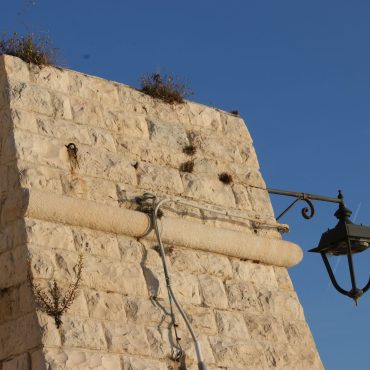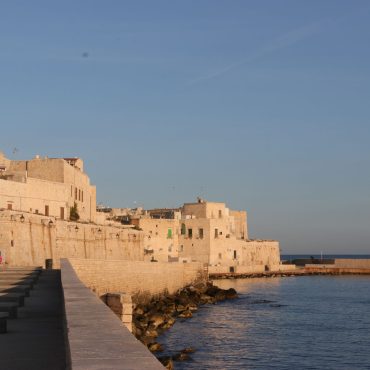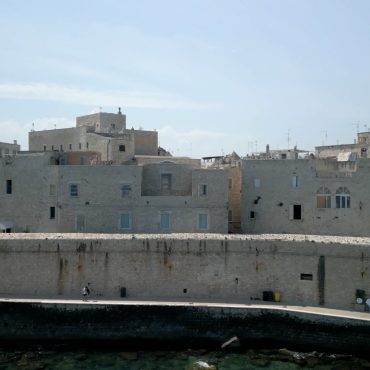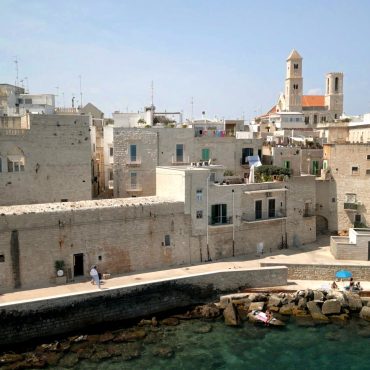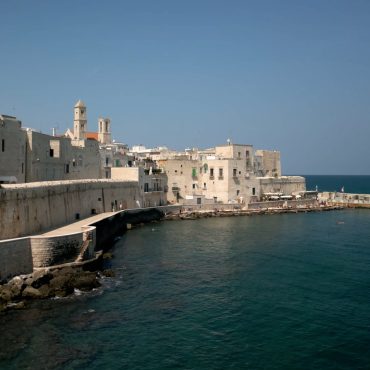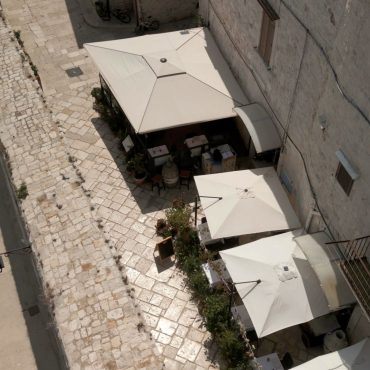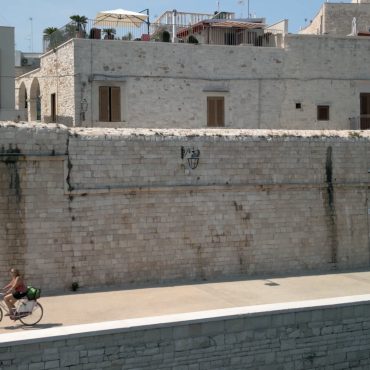
Eastern walls
(from 2nd century A.D.)
The ancient Eastern walls are more than just a stone barrier; they represent the essence of Giovinazzo, a profound and permanent link between the community and its thousand-year history. These walls, encircling the town from the eastern side, from the Bishop’s residence to the countryside, have stood witness to centuries of various events, conflicts, wars, periods of economic crisis and others of peace and prosperity.
According to legend, the first walls were built in the second century A.D. during the reign of Emperor Trajan. After restoring and enlarging the nearby town of Trani, Trajan came to Giovinazzo. On his arrival he was welcomed by a group of citizens, many of whom were youths in the prime of their lives and this event touched Trajan deeply. It was this manifestation of youth and vitality that inspired the name of the town: Juvenum natio, the land of youth, which then became Jovenatio and finally Giovinazzo.
Trajan was charmed by the town and with the intent of protecting it, he ordered the construction of an imposing wall. According to the “Cronache di Giovinazzo” by the Renaissance poet and scholar Bisanzio Lupis (1478-1555), the Emperor planned fortifications which stretched from the old port all the way to the edge of the town, encircling it and guaranteeing its safety. During the Middle Ages the walls were reinforced and extended to be better prepared for enemy attacks. In Aragonese times, the fortifications were futher enforced, becoming an unassailable barrier for the enemy.
Today, the remains of the ancient Roman walls can still be seen behind the wall which runs along Via San Domenico Maggiore until it joins the splendid balcony over the sea of the Ducal Palace and the Aragonese fortifications where the Vedetta sul Mediterraneo stands. The walls continue inwards, running alongside Piazzale Leichhardt and Via Madonna degli Angeli right up to “Porta Nuova”, the main entrance to the town. A large moat system used to be in place along today’s Via Fossato, a further defence against enemy attacks.
In the 19th century, the Giovinazzo Town council needed funds to build a new Town Hall and decided to demolish part of the ancient walls. This land was then sold to wealthy private parties who built grand palaces here. The Eastern walls live on in the memory of the town and are a lasting memory of a town that continues to be a land of youth and vitality.
